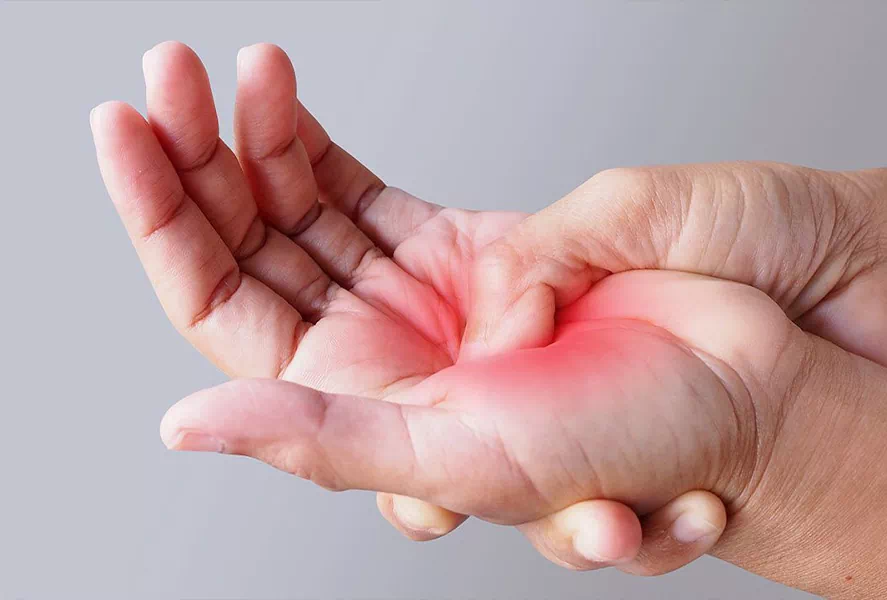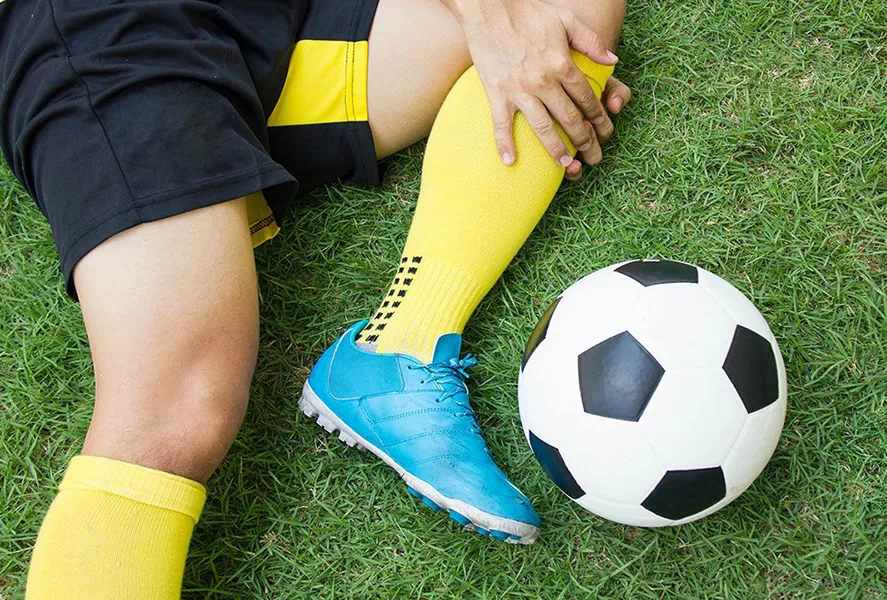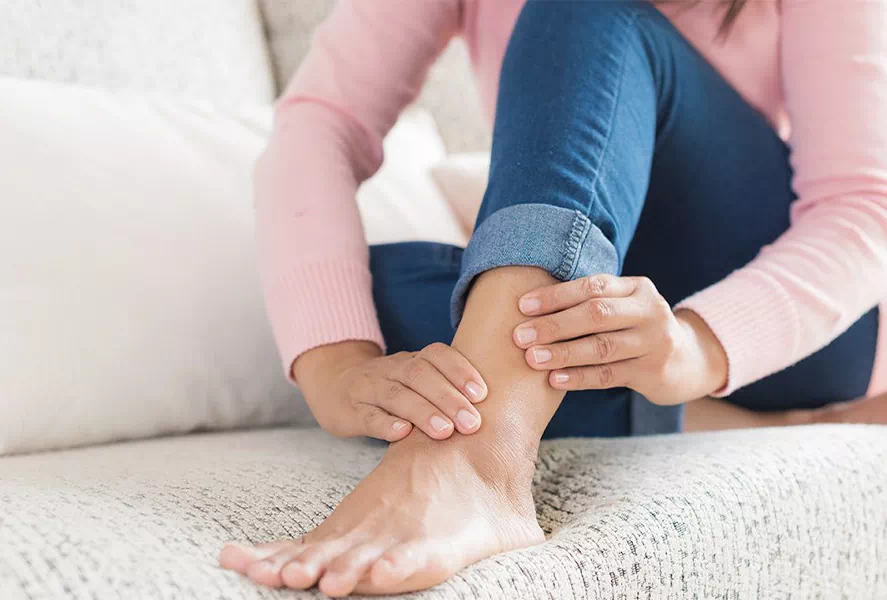Top 5 Most Common Foot And Ankle Injuries To Look Out For

If you’re just getting back into exercising, you should always make sure to avoid injury. Foot and ankle injuries are common after long bouts of inactivity. Explore our list to help you identify the most common foot and ankle injuries, so you know when it’s time to seek treatment.
1. Ankle Sprains
Ankle sprains are one of the most common exercise-related injuries we see. When the foot twists, rolls, or turns beyond its range of motion, this occurs. An ankle sprain can also occur when running or hiking on uneven terrains, such as rocky ground. After an injury, you may experience pain and stiffness for a few days, but it will usually heal on its own with rest. Icing your ankle can also help to reduce swelling. High ankle sprains, on the other hand, which affect the ligaments just above the ankle, are more serious. Advanced sprain treatments, such as a brace or boot to keep the ankle straight while it heals, may be required. It's possible that chronic pain from an ankle sprain is the result of a more serious underlying condition. In these cases, you should seek immediate medical attention from a sports medicine specialist.
2. Plantar Fasciitis
The plantar fascia is a tendon that runs beneath the foot and crosses the arch. It's a thick tissue band that runs from the heel's inner edge to the toes.
Plantar fasciitis is a condition in which the band of the foot becomes swollen or inflamed, usually as a result of striking the ground while running or jumping. Pain on the inner edge of the heel is common, especially in the morning after long periods of inactivity.
Although there is no cure for this condition, it can be managed by staying as off your feet as possible. Switching to shoes with good arch support can also help, so avoid wearing sandals or flip-flops.
3. Achilles Tendonitis or Tears
The Achilles tendon connects the back of your heel to the calf muscle. This tendon can swell after repeated impacts with the ground, causing minor pain or discomfort. The most common causes of these injuries are not stretching before a workout or having "flat feet," which occur when your entire sole touches the ground when standing straight up. Tendonitis pain is usually mild to moderate, and it will go away with plenty of rest.
Tears in the Achilles tendon are much more severe and cause immediate, severe pain. If you're suffering from this type of pain, you should seek medical help to determine the extent of your injury and develop a rehabilitation plan with your sports medicine physician to get you back in shape!
4. Turf Toe
Turf toe is a common injury among football players who play on artificial turf — but that doesn't mean amateur athletes can't get it, too! It is caused by toe hyperextension, which causes pain, swelling, and limited movement.
As with most foot injuries, it is best to stay off your feet. If you are in severe pain or swelling, you should seek medical attention as soon as possible. A doctor may advise you to brace your toe by taping it to another toe or by putting your foot in a brace or boot.
5. Broken Metatarsal
A broken metatarsal (or broken toe) is a common injury that can happen to anyone at any time. People returning to sports after a long period of inactivity, on the other hand, are especially vulnerable because their form may not be what it used to be. The most common causes of these injuries are impacts, such as stubbing your toe against furniture. Running or exercising with a high impact can also cause tiny metatarsal stress fractures in the toe. These stress fractures can eventually result in foot abnormalities, crooked toes, or osteoporosis.
"If you can walk on it, it's not broken," as the saying goes. That is not correct. Many athletes will ignore the pain of a broken toe and walk for miles, convinced that their toe is fine. When attempting to identify a broken metatarsal, look for crooked or misaligned toes, as well as bruising and swelling the next morning.
If you are experiencing severe pain as a result of an impact, you should seek medical help right away.
Recent Posts


